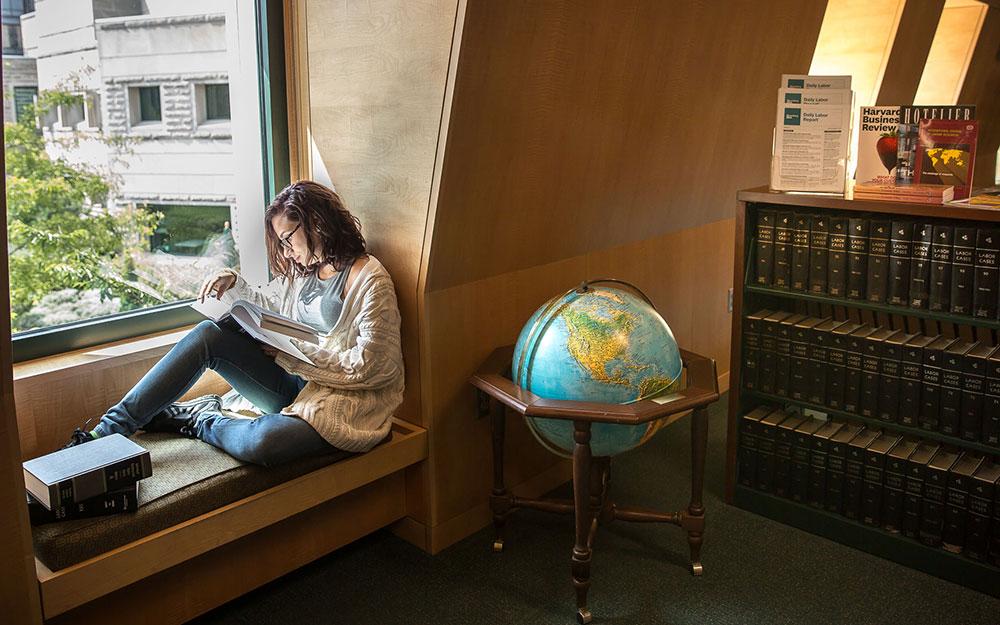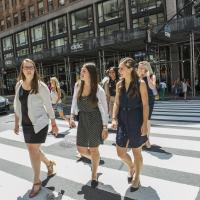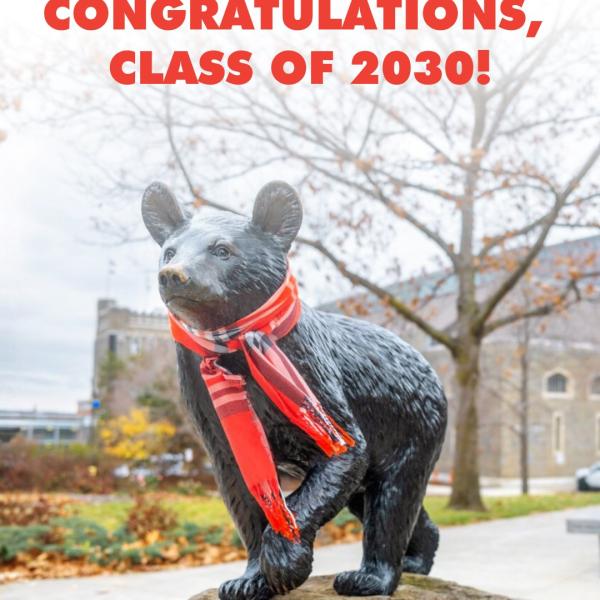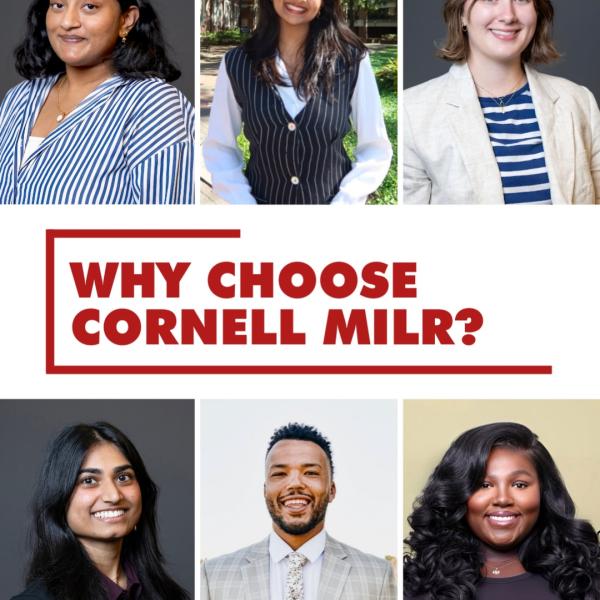Our flexible, interdisciplinary major lets students pursue a wide range of academic interests and careers.
Study the workplace comprehensively with the world’s highest concentration of workplace faculty.
Invest in your career by learning from instructors who blend world-leading research with business-tested practicality.
ILR School Events
See all eventsSome of the most pressing issues facing low-wage immigrant workers of color in the United States include persistent forms of disrespect and abuses of power — situations that are the direct result of U.S. policies that produce and sustain poor working conditions and job instability. This topic is addressed in "Legalized Inequalities: Immigration and Race in the Low-Wage Workplace," a new book coauthored by ILR School researchers Kati L. Griffith, Shannon Gleeson, and Patricia Campos-Medina, and Darlène Dubuisson of the University of California, Berkeley. Drawing on interviews with over 300 Haitian and Central American low-wage workers in the U.S. and with more than 50 worker advocates, the researchers reveal how contemporary U.S. labor and employment law, immigration policy, and enduring racism work in tandem to keep workers’ wages low, lock them into substandard working conditions, and minimize opportunities for change. Join us as we discuss not only the crushing consequences of U.S. policy on low-wage immigrant workers of color but also the ways in which many of these workers reclaim their dignity in the face of these obstacles. Register Now! What You'll Learn How U.S. labor and employment laws and immigration regulations intersect in the work lives of immigrantsThe ways in which the legacies of legalized racism shape immigrant worker experiencesHow low-wage immigrant workers manage to improve their workplaces through individual and sometimes collective acts of resistanceWhat policy changes and organizing strategies can reshape the low-wage workplace Speakers: Kate L. Griffith Jean McKelvey-Alice Grant Professor and Senior Associate Dean for Academic Affairs, Diversity, and Faculty Development Cornell ILR School Shannon Gleeson Edmund Ezra Day Professor, Labor Relations, Law and History Cornell ILR School Patricia Campos-Medina Senior Extension Associate Faculty and the Executive Director of the Worker Institute Cornell ILR School Darlène Dubuisson Assistant Professor of Caribbean Studies University of California, Berkeley

Exploring ILR Career Pathways: Law
The ILR School’s interdisciplinary curriculum gives students the freedom to explore many interests, and law is one of the most popular. Approximately 23%-25% of ILR undergraduates pursue law school within five years of graduating, with many applying to law school in two to three years after graduation.
ILR alumni work in many areas of the law, including tech, health care, immigration, transportation, natural resources and criminal defense, while others who earn a law degree, forgo practicing law and instead thrive in business, finance, the entertainment industry or as leaders of professional sports organizations.

After 30 years at the ILR School, Rosemary Batt retired prior to the 2025-26 academic year.
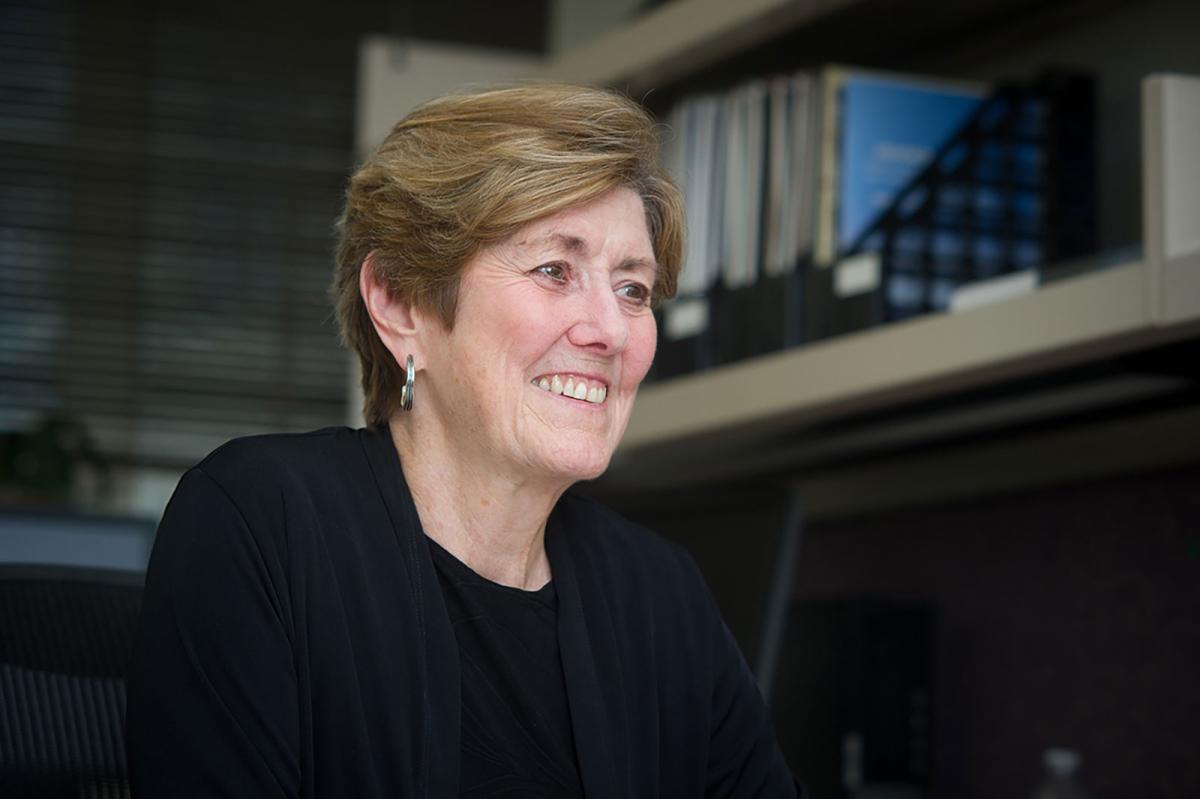
ILRies Change
the Future of Work.
The Martin P. Catherwood Library is the most comprehensive resource on labor and employment in North America, offering expert research support through reference services, instruction, online guides and access to premier collections.
